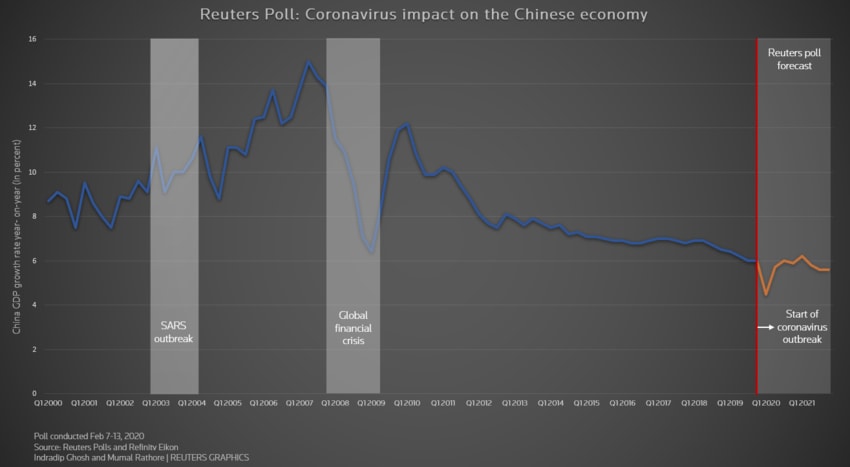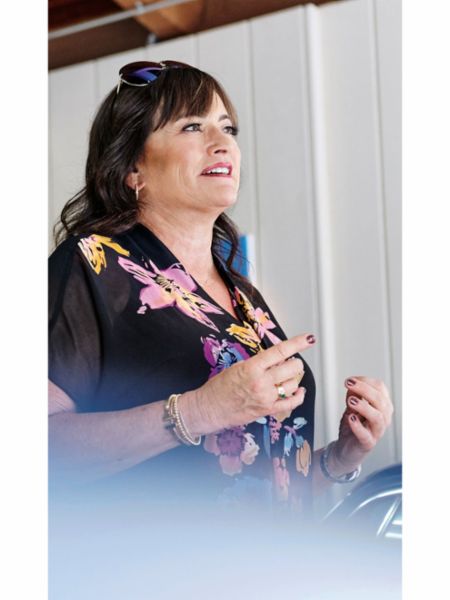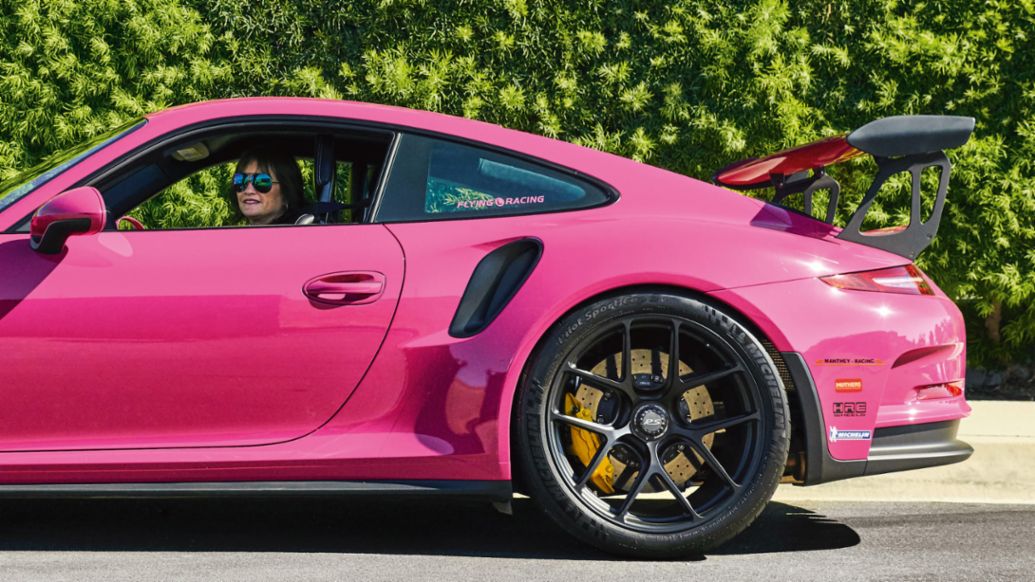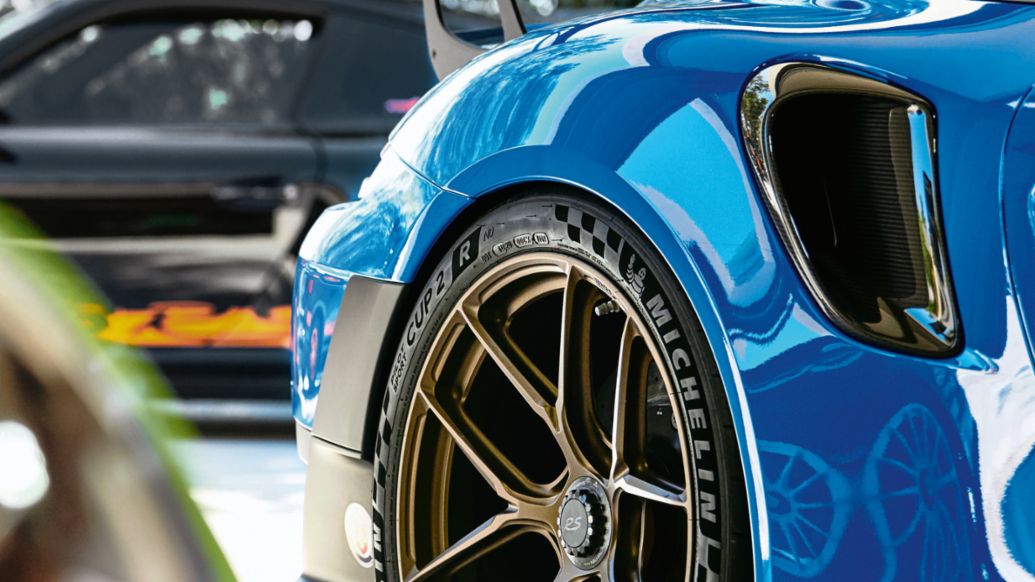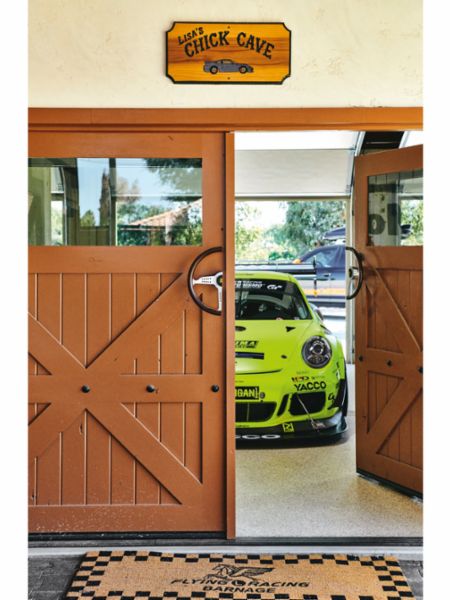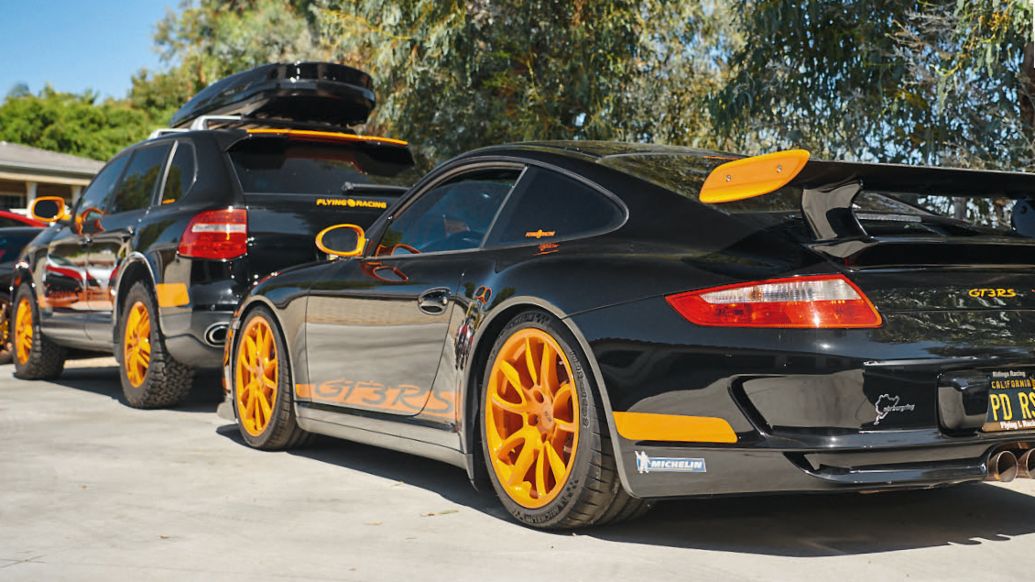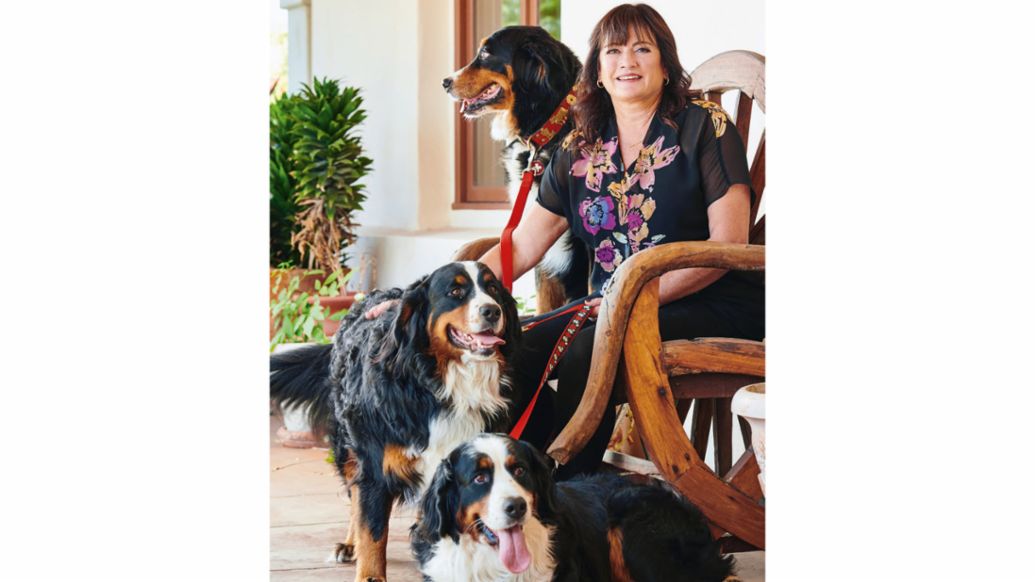The pedestrian death crisis in America is getting worse.
The Governors Highway Safety Association projects, in a new report being released publicly on Thursday, that 6,590 people died on or along U.S. roadways in 2019.
That would be the highest yearly total since 1988, the same year George H.W. Bush beat Michael Dukakis to claim the presidency and "Young Guns" was in theaters.
It would also be about 307, or almost 5%, more than the 6,283 pedestrians who died in 2018. If the preliminary 2019 data holds, 57,897 pedestrians have died from 2009-2019, a total approaching the number of names (more than 58,000) on the Vietnam Veterans Memorial in Washington, D.C.
The crisis represents a reversal of a trend of declining deaths even as safety for vehicle occupants has improved. Pedestrians deaths represent an increasing percentage of total crash deaths, from 12% in 2009 to 17% in 2018, according to the association's report.
“Each year, thousands of additional people are dying in pedestrian crashes compared to a decade ago,” report author Richard Retting said in a news release. “Following 30 years of declining pedestrian fatalities, there has been a complete reversal of progress. Pedestrians are at an inherent disadvantage in collisions, and we must continue to take a broad approach to pedestrian safety.” The report, which is based on preliminary data from the 50 states and Washington, D.C., reinforces the findings of the 2018 Detroit Free Press/USA TODAY investigation, "Death on foot: America's love of SUVs is killing pedestrians," which found that a significant factor in the increasing number of deaths is the consumer shift from passenger cars to trucks and SUVs.
Larger, blunter vehicles are simply more likely to kill pedestrians in a crash.
The Free Press/USA TODAY investigation found that the National Highway Traffic Safety Administration had made the connection at least as early as 2015. NHTSA reported on page 90 of a 195-page report that a dozen studies found that "pedestrians are two to three times 'more likely to suffer a fatality when struck by an SUV or pickup than when struck by a passenger car.'"
One study, which NHTSA cited, found that children aged 5-9 face a fatality risk four times greater in a pedestrian crash involving an SUV or pickup.
As in previous reports, other factors are cited as well:
- More pedestrians are dying at night
- Warmer temperatures are prompting more nighttime outdoor activity
- Alcohol continues to be an issue for drivers and pedestrians
- Distraction, such as from the use of smartphones, remains a problem, although distraction data is considered incomplete
The report, citing data from the first half of 2019, noted that 30 states had increases in pedestrian fatalities while 20 and Washington, D.C., had declines, and New Mexico had the highest rate of pedestrian deaths per resident population, while Vermont had the lowest. Michigan saw a 5% increase in pedestrian fatalities during the first half of 2019 compared to the same period in 2018.
Among the solutions that could help reduce pedestrian fatalities include better enforcement of driving violations, such as speeding and distracted driving; improvements in pedestrian infrastructure, such as more mid-block crossings; and wider use of and improvements in automotive safety technology, such as automatic emergency braking with pedestrian detection, and vehicle designs that limit the potential for injuries to pedestrians.
“In the past 10 years, the number of pedestrian fatalities on our nation’s roadways has increased by more than 50%,” Jonathan Adkins, executive director of the Governors Highway Safety Association, said in the release. “This alarming trend signifies that we need to consider all the factors involved in this rise, identify the high-risk areas, allocate resources where they’re needed most, and continue to work with local law enforcement partners to address the chronic driver violations that contribute to pedestrian crashes.”
Contact Eric D. Lawrence: elawrence@freepress.com or (313) 223-4272. Follow him on Twitter: @_ericdlawrence.





